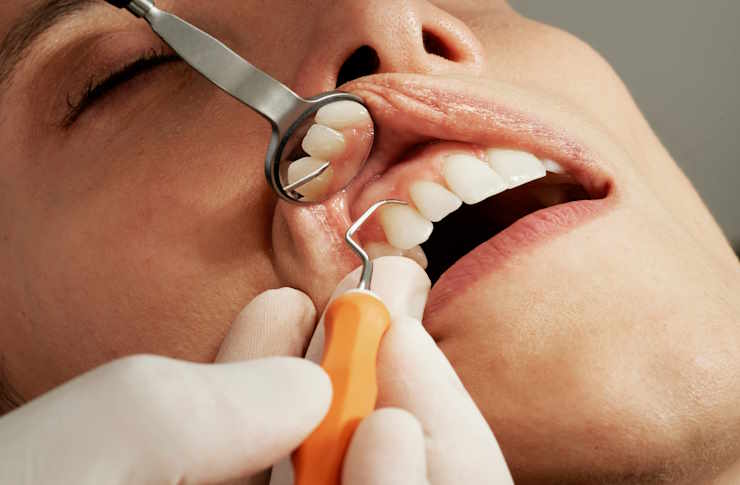The Surprising World of Equine Dentistry
Horses have long captivated our imagination with their grace and power, but few realize the intricate care their teeth require. Equine dentistry, a specialized field combining veterinary science and oral health, plays a crucial role in maintaining the well-being of these majestic creatures. From prehistoric times to modern advancements, the evolution of horse dental care reflects our deepening understanding of these animals and our commitment to their health.

Historical Perspective of Equine Dental Care
The history of equine dentistry traces back to ancient civilizations, where early horse tamers recognized the importance of dental health in their animals. Archaeological evidence suggests that rudimentary dental care practices were employed by nomadic tribes as far back as 3000 BCE. These early interventions primarily focused on removing sharp points from horses’ teeth to improve their ability to accept bridles and bits.
As horses became increasingly integral to human society for transportation, agriculture, and warfare, the need for more sophisticated dental care grew. By the Middle Ages, farriers and horse doctors began incorporating basic dental procedures into their repertoire, though these were often crude and potentially harmful by modern standards.
The Anatomy of Equine Teeth
Understanding equine dentistry requires a deep knowledge of horse tooth anatomy. Unlike humans, horses have hypsodont teeth, which continue to erupt throughout their lives. This constant growth is an adaptation to their natural diet of rough, fibrous plants that would otherwise wear down their teeth over time.
A horse’s mouth contains between 36 to 44 teeth, depending on factors such as age and gender. The most notable feature is the presence of diastema, or gaps between the incisors and molars, which allow for the placement of bits in domesticated horses. This unique dental structure presents both advantages and challenges in equine dental care.
Modern Equine Dental Practices
Today’s equine dentists employ a wide array of specialized tools and techniques to maintain horse oral health. Regular dental examinations, typically conducted annually or bi-annually, involve thorough inspections of the entire oral cavity. Veterinarians look for signs of wear, infection, or misalignment that could impact the horse’s ability to eat or perform.
One of the most common procedures in equine dentistry is floating, which involves filing down sharp edges or hooks that develop on a horse’s teeth. This process ensures even wear and prevents injuries to the horse’s cheeks and tongue. Advanced imaging technologies, such as digital radiography and 3D scanning, have revolutionized diagnostics, allowing for more precise treatment planning.
Challenges in Equine Dental Care
Despite advancements in the field, equine dentistry faces unique challenges. The sheer size and strength of horses make dental procedures complex, often requiring sedation for even routine examinations. Additionally, the continuous eruption of horse teeth means that dental issues can rapidly progress if left untreated.
Another significant challenge is the recognition of dental problems by horse owners. Unlike small animals, horses may not show obvious signs of dental discomfort until the issue has become severe. Educating owners about the importance of regular check-ups and the subtle signs of dental distress is a crucial aspect of modern equine veterinary practice.
The Impact of Dental Health on Horse Performance
The effects of proper dental care extend far beyond oral health, influencing a horse’s overall well-being and performance. Horses with dental issues may experience difficulty eating, leading to weight loss, colic, and decreased energy levels. In performance horses, dental problems can significantly impact their ability to respond to bits and reins, affecting their training and competitive capabilities.
Recent studies have also highlighted the connection between dental health and other systemic issues in horses, including respiratory problems and musculoskeletal disorders. This holistic approach to equine health underscores the critical role that dentistry plays in maintaining the vitality and longevity of these magnificent animals.
Advancements in Equine Dental Technology
The field of equine dentistry continues to evolve, with new technologies emerging to improve diagnosis and treatment. Intraoral cameras, for instance, allow veterinarians to capture detailed images of a horse’s mouth, facilitating better communication with owners and more accurate treatment planning. Laser therapy is gaining popularity for its ability to perform precise soft tissue procedures with minimal bleeding and faster healing times.
Another exciting development is the use of 3D printing technology to create custom dental implants and prosthetics for horses. This innovation opens up new possibilities for treating severe dental issues that were previously considered untreatable, potentially extending the working lives of many horses.
The Future of Equine Dentistry
As our understanding of equine oral health deepens, the future of equine dentistry looks promising. Research into regenerative therapies, such as stem cell treatments for periodontal disease, could revolutionize how we approach dental care in horses. Additionally, the integration of artificial intelligence in diagnostic tools may soon allow for earlier detection of dental issues, enabling more proactive and preventative care.
The growing recognition of the importance of equine dental health is also driving changes in veterinary education. Many veterinary schools now offer specialized training in equine dentistry, ensuring that the next generation of practitioners is well-equipped to meet the evolving needs of horse care.
In conclusion, the world of equine dentistry represents a fascinating intersection of veterinary science, technology, and animal welfare. As we continue to unravel the complexities of horse dental health, we not only improve the lives of these magnificent creatures but also deepen our bond with them. The advancements in this field serve as a testament to human ingenuity and our enduring commitment to the care and preservation of our equine companions.





